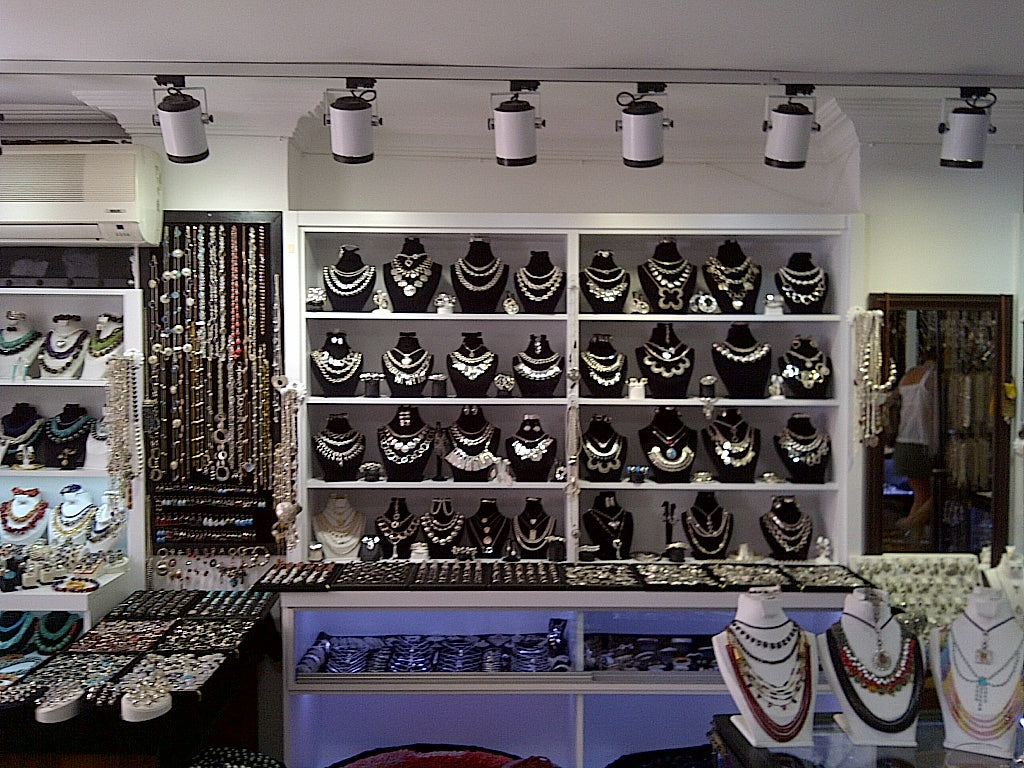
Warm White or Cool White: Choosing the Right Color Temperature
Have you ever wondered why the light emitted by one bulb appears different from another's? It all comes down to their colour temperatures, usually expressed in kelvins (K). And they determine not only the look of the lighting produced but also the feel or atmosphere the lights create upon installation. Since most LED options come in white, grasping the meaning of warm white vs cool white is crucial.
But what's the difference between warm white and cool white, and which is the ideal choice for your home? Keep reading this piece to find out. We'll also provide more insight into lighting colour temperature to help you to buy the best lights in the UK based on how you want to design your space.
Warm White vs Cool WhiteWhen looking for bulbs, most homeowners often ask themselves, "What is brighter, cool white or warm white?" However, it's advisable to understand the meaning of each of these color temperatures before answering that question.
What is Warm White?Warm white lighting measures 2700-3000K on the Kelvin scale. It's known for its inviting aspect, characterised by a yellow or orange glow with a soft hue that creates a cosy atmosphere by delivering a warm, calming effect. Ideally, this colour temperature makes you feel at home, making it the perfect choice for the living room where you chill with your family and hallways.
On top of that, you can install warm white bulbs in your living room and homey bedroom to help you relax as you enjoy delicious meals or rest after a long day at work, respectively.
Having one light with a 2700-3000K colour temperature is also recommended for galleries—it creates a friendly or inviting environment to make art enthusiasts comfortable while exploring the available options, which will appear more natural.
Additionally, putting warm white bulbs to provide ambient lighting in your bathroom is a great idea. Remember, that's where you relish a refreshing soak in the bath as you play your favourite relaxing music. You'll want a warm glow to create a much-needed soothing atmosphere.
Other areas you can install warm white lighting include:
- Reception areas
- Halls
- Waiting rooms
- Corridors
- Changing rooms
If you're looking into colour temperatures, you must have heard some people discussing "daylight vs warm white." The former measures above 4500K on the Kelvin scale, explaining why many people confuse it with cool white that sits at 3100-4500K.
Bulbs with a cool white colour temperature emit a bright white light ideal for a plethora of places, including commercial spaces, work areas and other rooms where detail-oriented tasks are performed.
Conveniently, cool whites enliven spaces and excellently display colours, which is why you'll find them in business environments like malls. You can still install these bulbs at home, though. They generate a sense of modernity and neatness, which countless homeowners love.
Choose the Right Color Temperature with Our 2 Insider TipsLeverage these two valuable tips to choose the best color temperature for each space or room in your house:
1. Consider Your Home DesignYour space's design is the first thing to factor in when determining the ideal lighting colour temperature for your home. We propose warm white LEDs for homes with a host of natural materials like:
- Wooden floors
- Groove ceilings
- Wooden tables and cabinets
- Wool carpets
- Clay vases
The colour temperature draws more attention to the materials, making them harder to miss, especially if they boast warm shades like yellows, reds, and oranges.
Again, the style of your home comes into play when trying to pick between warm white and cool white bulbs. The latter fits contemporary spaces with minimalist designs because they make everything pop. Nevertheless, that's not to say you can put them in every room. A warm temperature is still appropriate for bedrooms and dining areas.
2. Evaluate Your Unique Lighting NeedsWhy do you require the lighting? Ultimately, you must mull over your needs before deciding on the most convenient color temperature for your space.
For instance, we don't recommend warm whites for commercial applications because they enhance people's comfort and could derail productivity. On the other hand, cool white LEDs are more suitable for the office—their bright ambient lighting improves morale. If you're in retail, they also make your products easier to view, which is exactly what your customers want.
As you assess your needs, you should also consider the lighting type you're interested in. Cool white offers more blue light and is brighter than warm white. Therefore, it produces more illumination, making it more apt for task lighting.
Of course, some spaces may require more than one light to provide the three necessary types of lighting; task, ambient and accent. Thus, mixing and matching lights could be your only solution.
For example, you can install warm white bulbs in your bedroom. But if it also doubles as a small home office, a table lamp with a cool white bulb is handy to increase your productivity.
Toplightco: The UK's Best Lighting Supplier
Have you decided on the most convenient colour temperature for your home? At Toplightco, we can provide the durable lighting products you need to give your space a look or feel you yearn for.
Because customer satisfaction remains our top priority, we deliver top-notch service, guaranteeing all our light bulbs are quality, no matter their colour temperatures. Moreover, we offer the most competitive prices on the market to ensure nothing deters you from beautifully illuminating your space.
As an industry-leading provider of lights in the UK, Toplightco also promises timely delivery, no matter where you are in the country. Our reliable lighting professionals boast the hands-on training required to install the products for you, so you can sit back and relax.
If you'd like more details about us to understand how we can help meet your diverse lighting needs, contact us today.

Leave a comment